1. Business status
Optical equipment refers to metal halide lamp, high-pressure mercury lamp, UV LED and other light sources irradiate objects to carry out exposure, hardening, drying, efficiency inspection, sterilization and other operations. It is a member of the core engineering equipment widely used in display, semiconductor, automobile, sunlight, precision machinery and other industries. This is not only the main cause of our company, but also a member of the core force of our company like vision.
At present, based on optical design technology and optical control technology, DIT company manufactures equipment that can improve the light efficiency of liquid crystal panel and solar cell. At the same time, it is also promoting the development and industrialization of optical solution that can be applied to various devices such as film, TSP, flexible display and so on.

2. Optical related concepts
Light?
·It is also called visible Rav. In modern times, in a broad sense, it refers to the shencigu spectrum to the right_ 《Flectromaanetic snectrum)
·As a physical entity propagating in vacuum, it has the properties of energy, motion, motion and fluctuation, so it can move according to wavelength or frequency
·Human beings can perceive the electromagnetic waves with the wavelength of about 40 nm to 700 nm, and classify these electromagnetic waves into light. Tromagnetic wave.tromagnetic Because the velocity of the wave is the same as that of the electromagnetic wave in the vacuum.
Characteristics and application fields of electromagnetic wave
Radio (radio wave): electromagnetic wave transmitted to space without human guidance, which is widely used in wireless communication, radio, TV broadcasting, radar, etc.
Microwave (microwave): strong bactericidal power, easy to be absorbed by plants or water to generate heat, the main application is microwave oven.
Infrared ray: it transmits heat in wave form, and uses this thermal efficiency characteristic to apply to infrared drying and heating, and uses its sterilization and optical properties, which is widely used in various industries such as document identification or infrared camera.
Visible ray (visible ray) electromagnetic spectrum in which the human eye can perceive, light in a narrow sense.
Ultraviolet (UV): electromagnetic wave with shorter wavelength than visible light, which can synthesize vitamin D in human body. Moreover, it has strong bactericidal and chemical effects, so it has bad effects on skin when exposed to ultraviolet light for a long time.
X-ray (X-ray): it has high penetrability. It can be used to take pictures of human body or air luggage inspection.
Gamma ray (X-ray): the highest energy electromagnetic wave produced in nuclear processes such as radioactive energy and electromagnetic positron annihilation, used in medical treatment.
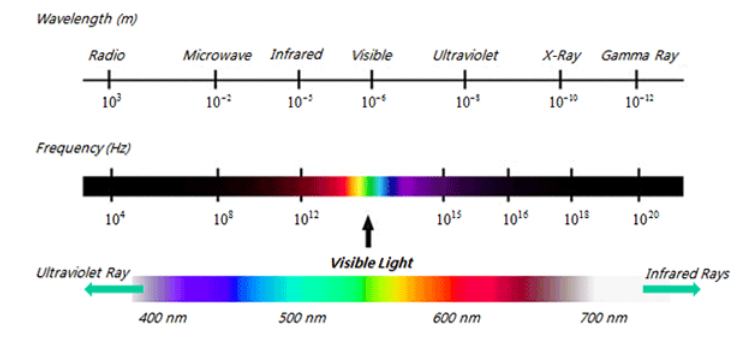
3. Core technology
Mouth light source control technology
In order to measure the medium and light efficiency of physical properties, the uniformity and precision of light must be ensured. At the same time, the advantages and limits of various light sources such as metal halide lamp, high pressure mercury lamp, fluorescent lamp and LED lamp should be clearly understood. DIT develops and supplies most of UN hardening equipment and solar simulator based on its unique light source control technology.
Optical coating technology
Optical coating technology is to make AR (anti reflection), SC (self purification) and AF (fingerprint prevention) coatings on the equipment (glass and film) that need to improve the light efficiency, so as to strengthen their functions and increase the added value of products in the fields of display, film and solar cells. DIT strengthens the strength of Film & coating field by developing more advanced coating solution and coating equipment than previous optical coating solution.
1. UV hardening equipment
- uv (Ultra Violet Ray)
-Wavelength is shorter than visible light, because of its high energy, so it is used in various industries. -Characteristics and applications of various wavelengths
·The shorter the wavelength, the stronger the energy, but the weaker the permeability.
·UV-A (315 ~ 400nm): in this spectral band, the use of curable photohardener (monomer), and more used in printing, coating, packaging and other industries. The most commonly used wavelength is 356nm, which is called black light.
·UV-B (280 ~ 315nm): this spectral band has strong bactericidal properties, which can be used in air sterilizers, cleaners, etc.
·UV-C (180 ~ 280nm): increase the molecular activity of substances, destroy the binding of organic substances on the surface, and oxidize to carbon dioxide and water. It can be used in sterilization and surface cleaning.

-UV application industry
Curring: Recently, it is widely used in printing, coating, packaging and other equipment. After adding liquid monomer to the solution, the UV can produce chemical drying reaction.
Photo resist: a device for irradiating the UV transcription mode by placing the mask formed by pattern on the coated specimen with PR solution. It is mainly used in precision manufacturing semiconductor, LCD and other micro pattern engineering.
First, sterilization and cleaning: it is the equipment with strong sterilization and cleaning function of UV. It has been widely used since the beginning. It is mainly used in tableware cleaner, drying machine, water purifier, etc. it also uses surface cleaning and medium effect, and is used in LCD production process and other industries.
-What is w hardening equipment UV curing system?
-UV hardening refers to the phenomenon of hardening after receiving UV, which is different from the drying method of ordinary ink or coating. It is a way to harden the solution of polymer raw material (monomer) or (oligomer) before it is added into polymer by UV chemical reaction.
-The general drying method is mainly used to vaporize the thinner or solvent added to the solution. However, this method is limited to plastics and other heat-resistant materials because of the deformation of the drying object.
-But UV hardening drying is faster, not limited to any object. Therefore, as a new manufacturing method to protect sensitive electronic elements, sealing. Coating and other uses, it rapidly spread to various industries such as electronic spare parts market.
-UV hardening engineering in LCD panel manufacturing engineering

The whole project of TFT-LCD consists of five stages: TFT array project (lower plate color film project) (upper plate) - liquid Chang project - module project - inspection machine delivery project. Among them, UV hardening engineering is applied in liquid crystal engineering (the project of forming liquid crystal cell between TFT display substrate and color film substrate)
When the TFT array substrate and the color filter substrate are combined and injected with liquid crystal, and then the voltage is added, the liquid crystal forms pre tilt, and ITO pattern can respond quickly without the upper board.
-LCD UV hardening equipment
It refers to an in-line device that irradiates UV on the liquid crystal mixed with light reaction materials to harden the liquid crystal in order to improve the response speed of LCD substrate. Its advantages are that it can irradiate UV evenly on large area LCD board, and can automatically control temperature and UV illumination.
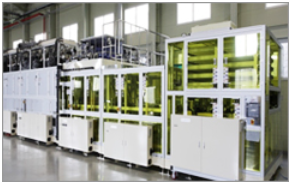
Equipment specifications
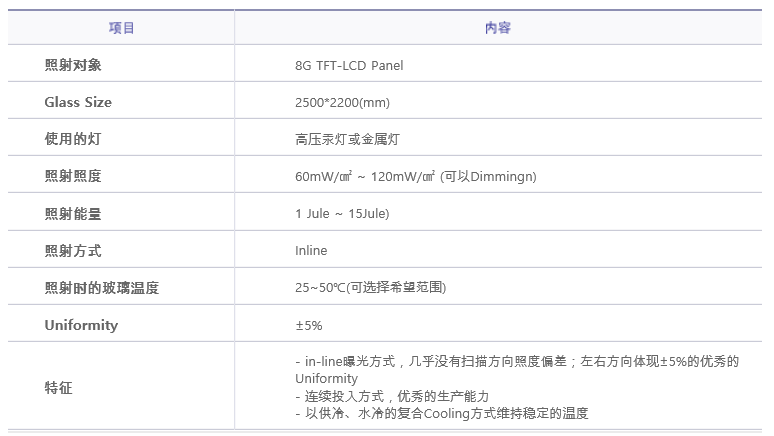
2. LCD solar simulator
-Solar cells?
-It is a device that converts the light energy of the sun into electrical energy.
·It doesn't need to supply other fuel except sunlight. It has the advantages of no secondary pollution, so it can be called environmental protection energy.
·Due to the environmental pollution, the solar industry plays a leading role, because of the development of its production technology, the entry threshold is low, the popularity is improved, and its market is expanded.
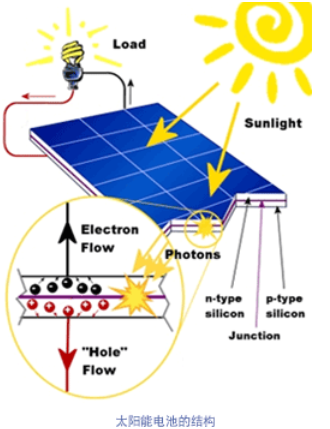
-Solar cells are generally divided into crystalline type and thin-film type. The biggest difference between them is the production process of modules.
Crystalline solar cells use silicon wafers as the opposite side of the substrate, while thin-film solar cells use the material film formed on the substrate as its substrate. Due to the high conversion rate of unit energy, it has become the mainstream of solar cell market, accounting for 70% of the market.
·Although the energy efficiency of thin-film solar cells is higher than that of crystalline solar cells, the engineering process is simple and productive, which is not limited to the characteristics of the material film morphology, and can be used to make flexible flexible substrate. Based on these advantages, the flexibility of solar cell module is very high, and its market scale is also growing rapidly recently.
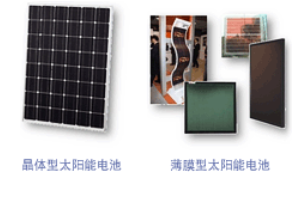
·Solar cell production project
The project of thin film solar cell is similar to the previous semiconductor and LCD project, so the material / electrode is repeatedly Steamed / pattern project. At present, most solar cell projects use solar simulator to evaluate the conversion efficiency of the substrate at the completion stage.
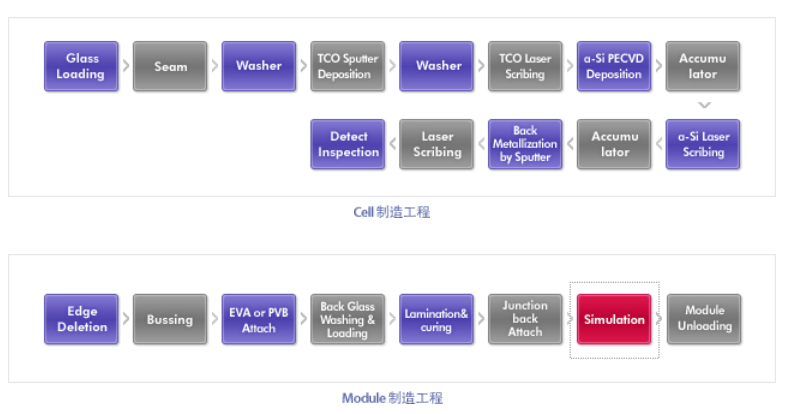
What is a solar simulator?
It is to evaluate the performance of solar cell panel in production engineering, and check the equipment with poor measurement. The use of ultra-high voltage discharge lamp (high-
Pressure discharge lamp (xenon lamp) to make artificial solar light source, and check the reaction of the original board. With the expansion of the market scale of solar cells, the production capacity is also improved. In this case, the manufacturing scale of engineering equipment and inspection equipment that can effectively produce batteries is also rapidly increased.
The equipment can be divided into continuous type and pulse type according to the irradiation form of light. Although the continuous irradiation mode is better than the pulse mode, it is difficult to realize the solar simulation light source, so it is only used in the laboratory at present, and the pulse type is used in most mass production equipment.
·LED light source of solar simulator
With the development of the production technology of solar cells, the demand is also increasing rapidly. Now we need the production technology of large-area thin-film solar cells which have advantages in productivity and cost. At the same time, the demand for a new generation of large-area evaluation equipment that can be evaluated is also increasing. According to these conditions, the size of light source is becoming larger, so the demand of low energy consumption and high efficiency light source is also increasing, such as low energy consumption led.
On the other hand, in order to reduce the cost and improve the productivity, the continuous production engineering mode of roll to roll mode is actively studied. Therefore, the continuous illumination mode like the solar simulator is also needed. It is difficult to realize the continuous illumination mode in the previous dense gas lamp mode, but the continuous illumination and pulse mode can be realized by using LED lamp.
·Career promotion direction
In the future, with the stability of the solar cell method in the roll to roll process, it is expected that thin-film solar cells with advantages in cost will play a leading role. We are developing the application of light control technology, the core technology of DIT, and the solar simulator using LED light source. In the future, we will not only develop pulse mode, but also realize continuous irradiation mode, so as to seize the demand of affordable equipment in the initial stage of solar cell industry.

Target performance index
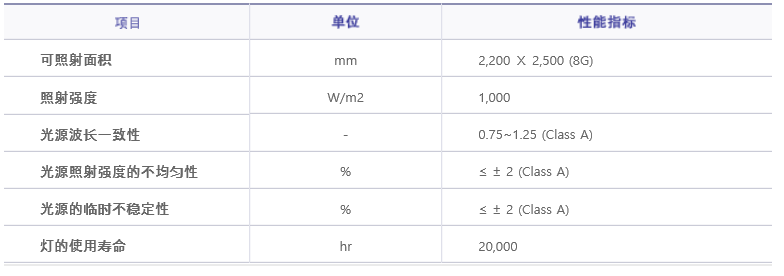
Anti reflection: anti reflection
-Principle of improving transmittance of AR coating
It is a technology to improve the visibility of display by reducing the reflectivity on the surface of glass, or improve the transmittance of products. It is used to improve the transmittance and efficiency of solar cells and improve the performance of display.

-AR coating engineering
1. Dry cleaning: surface modification (removing oil film and strengthening hydrophilicity of glass)
2. Wet cleaning: removing foreign matters and cooling
3.Coating: coating engineering parameter (glass transmission speed / miss occurrence / mist inflow airflow suppression / solution temperature)
4. Softbagging: one drying (IR), in order to improve the coating performance and remove moisture
5. Hard baking: twice drying (hot air, high temperature), removing residual water in the membrane and strengthening the membrane

- Mist Coater
Now DIT company develops Miss coater to replace the original slit coater. Mistcoater method is different from slit coater in that the solution is directly granulated to make the particles evaporate naturally on the glass. The evaporation efficiency of the solution is high and is rarely affected by the image changes of the object. Moreover, the structure of the system is relatively simple, and it will have certain advantages in product price competition.

Equipment specifications
